The Kamakhya Temple, nestled atop the Nilachal Hill in the picturesque city of Guwahati, Assam, holds a unique and revered position among Hindu devotees. Renowned as one of the 51 Shakti Peeths, it stands as a symbol of feminine divinity and mysticism within the realm of Tantra. In this article, we unravel the enigmatic allure of the Kamakhya Temple and explore the top nine reasons why it is considered the greatest Shakti Peeth according to Tantra.
Table of Contents
What is Shakti Peeth According to Tantra?
A Shakti Peeth is a sacred Hindu pilgrimage site that holds immense spiritual significance within the realm of Shaktism, a major tradition that venerates the divine feminine energy, known as Shakti.

These Peeths are believed to be places where body parts or ornaments of the goddess Sati, an embodiment of Shakti and the consort of Lord Shiva, fell to Earth after her self-immolation. Each Shakti Peeth is associated with a specific part of the goddess’s body and is considered a powerful center of energy and devotion.
Devotees visit these sites to pay homage to the goddess, seeking blessings, healing, and a deeper connection to the divine feminine essence. Shakti Peeths serve as vital pillars of Hindu spirituality, emphasizing the cosmic interplay of energies and the worship of the divine feminine in various manifestations.
Goddess Kamakhya and the Shakti Peeth Connection
The connection between Goddess Kamakhya and the Shakti Peeth holds a profound place within Hindu mythology and spiritual devotion. Goddess Kamakhya, revered as the embodiment of divine feminine energy, is enshrined in the Kamakhya Temple atop the Nilachal Hill in Guwahati, Assam.

This sacred site is believed to be the place where Goddess Sati’s yoni (reproductive organ) fell during the cosmic dance of destruction. As a result, the Kamakhya Temple is regarded as one of the revered Shakti Peeths, symbolizing the union of Shakti, the primordial cosmic energy, and the ancient spiritual tradition of Tantra.
Ancient Vedic Significance and Mythological Legends of Kamakhya Temple
The Kamakhya Temple stands as a testament to its ancient Vedic significance and is steeped in captivating mythological legends. Rooted in Hindu scriptures and beliefs, this revered temple occupies a unique place in spiritual discourse.
Association with Goddess Sati
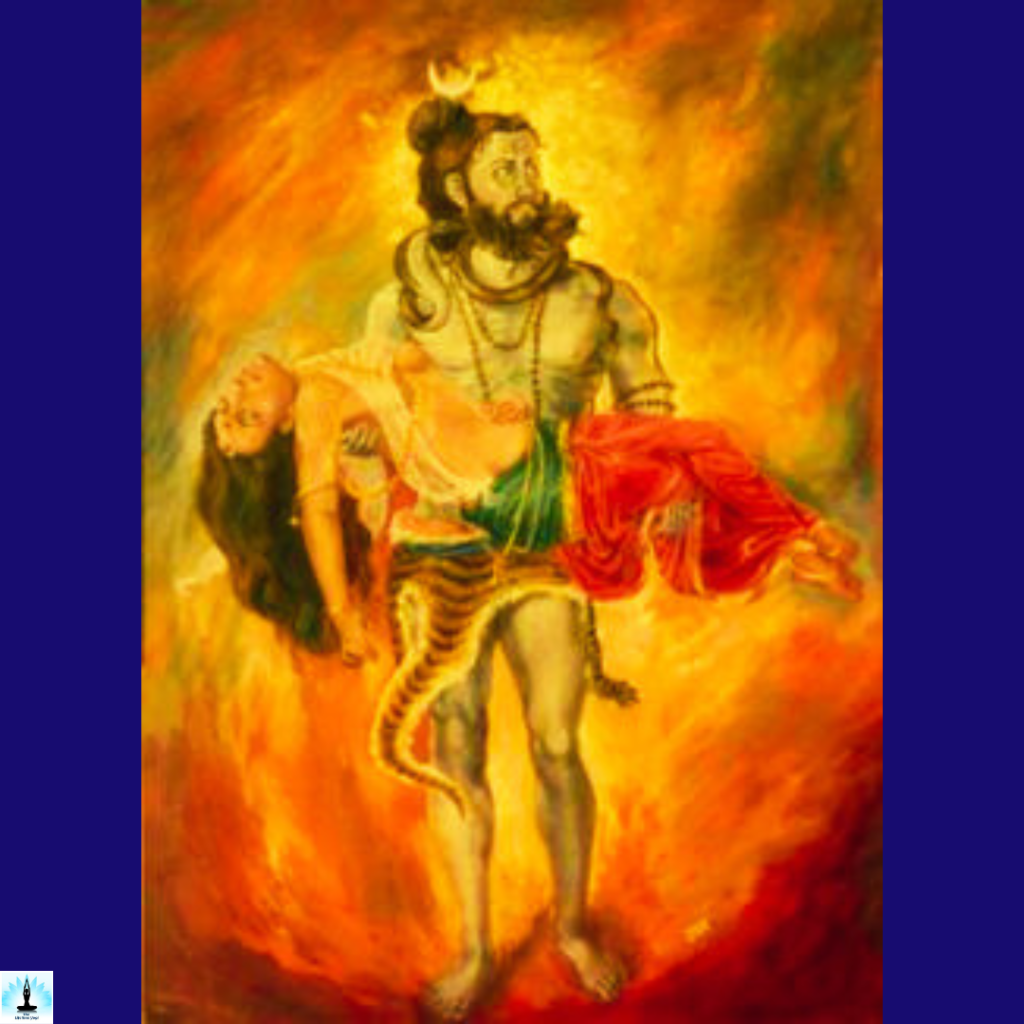
One prominent mythological legend surrounding the temple is its association with Goddess Sati, the consort of Lord Shiva. It is believed that after Sati’s self-immolation, her yoni (reproductive organ) fell at the Kamakhya site. This sacred event not only solidified the temple’s status as a Shakti Peeth but also highlighted its pivotal role in the cosmic dance of creation and destruction.
The Temple’s Vedic Roots
The temple’s Vedic roots run deep, with references to Kamakhya found in ancient scriptures, connecting it to the profound fabric of Hindu philosophy. Tracing the footsteps of ancient Vedic seers and immersing themselves in the mythical tales that continue to resonate within the hallowed walls of this remarkable temple.
Devotee Beliefs on Kamakhya Temple
Devotees of the Kamakhya Temple hold steadfast beliefs that reflect a deep spiritual connection and reverence for the divine. Many believe that the temple is a potent source of Shakti, the primordial cosmic energy, and that Goddess Kamakhya’s blessings have the power to fulfill desires and grant protection.
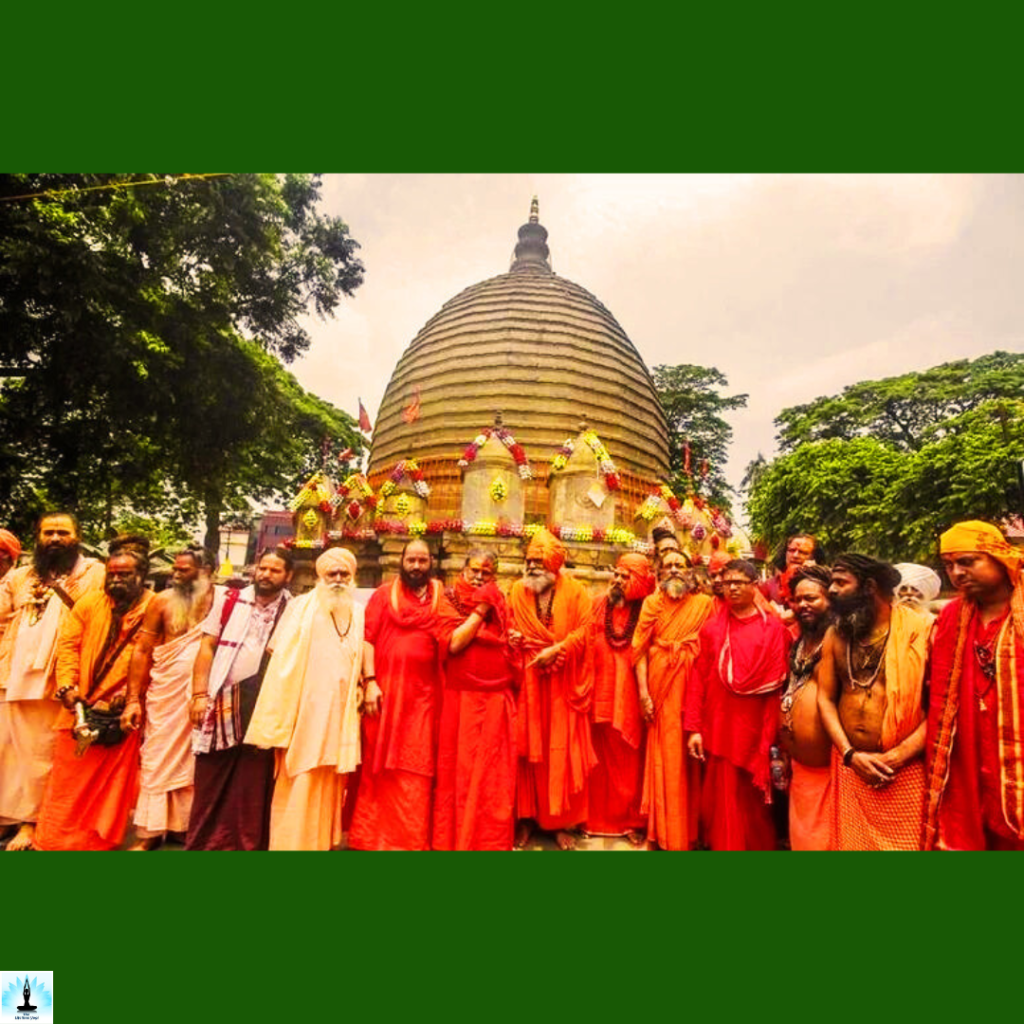


The temple is regarded as a sacred space where devotees seek solace, healing, and transformation. The annual Ambubachi Mela, celebrating the goddess’s menstrual cycle, is a testament to devotees’ unwavering faith and the belief in the temple’s ability to channel feminine energy for the greater good.
Pilgrims from various walks of life undertake arduous journeys to offer prayers, make offerings, and engage in rituals that strengthen their connection to the divine. The Kamakhya Temple’s spiritual aura and profound significance within Shaktism resonate deeply with devotees, inspiring a sense of devotion, hope, and spiritual upliftment.
Unique Architecture features of the Kamakhya Temple
The Kamakhya Temple boasts a captivating architectural design that sets it apart as a distinctive marvel. Its unique features showcase a blend of traditional and regional influences that contribute to its allure.
The temple’s Garbhagriha

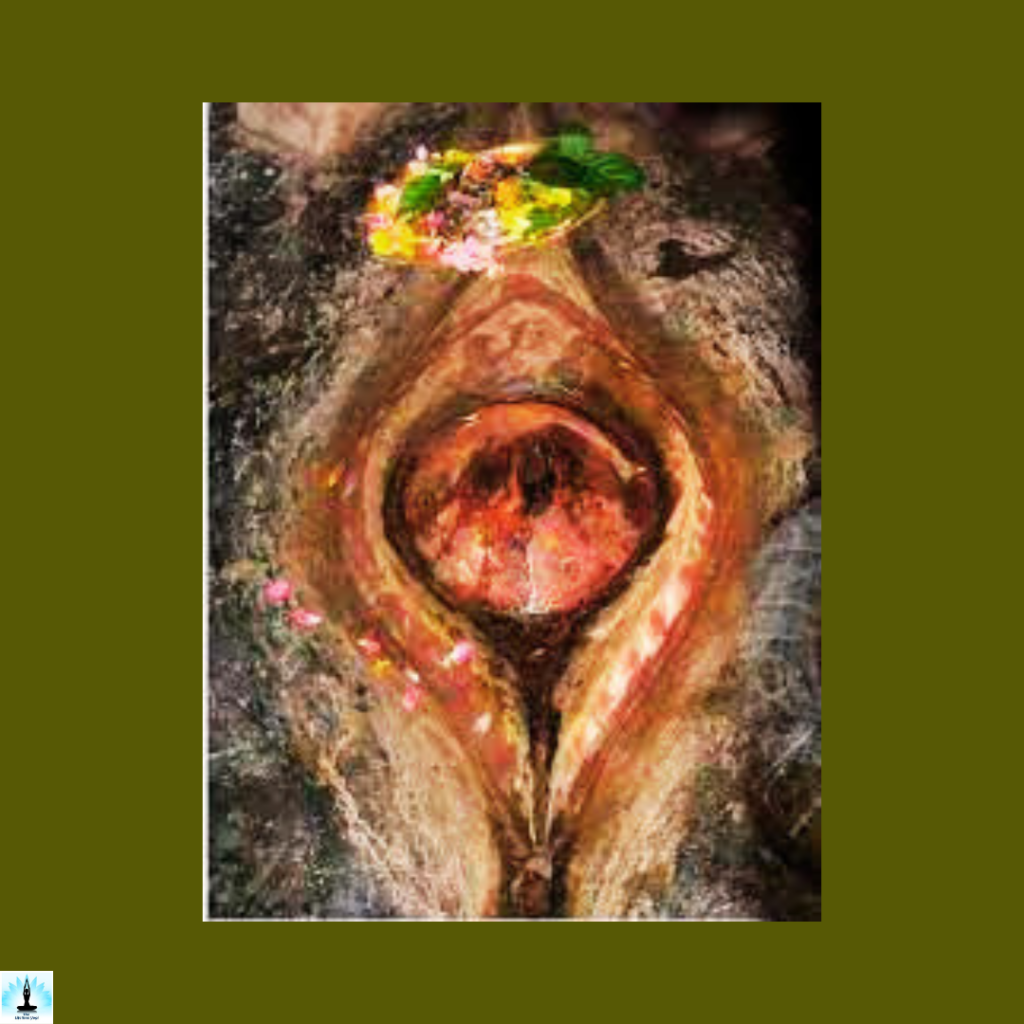

The temple’s main sanctum, known as the Garbhagriha, is a compact structure with a unique dome-like shape that resembles the hump of a tortoise. This architectural form is symbolic of the cosmic womb and aligns with the temple’s association with Goddess Kamakhya’s reproductive organ.
Intricate Carvings and Sculptures
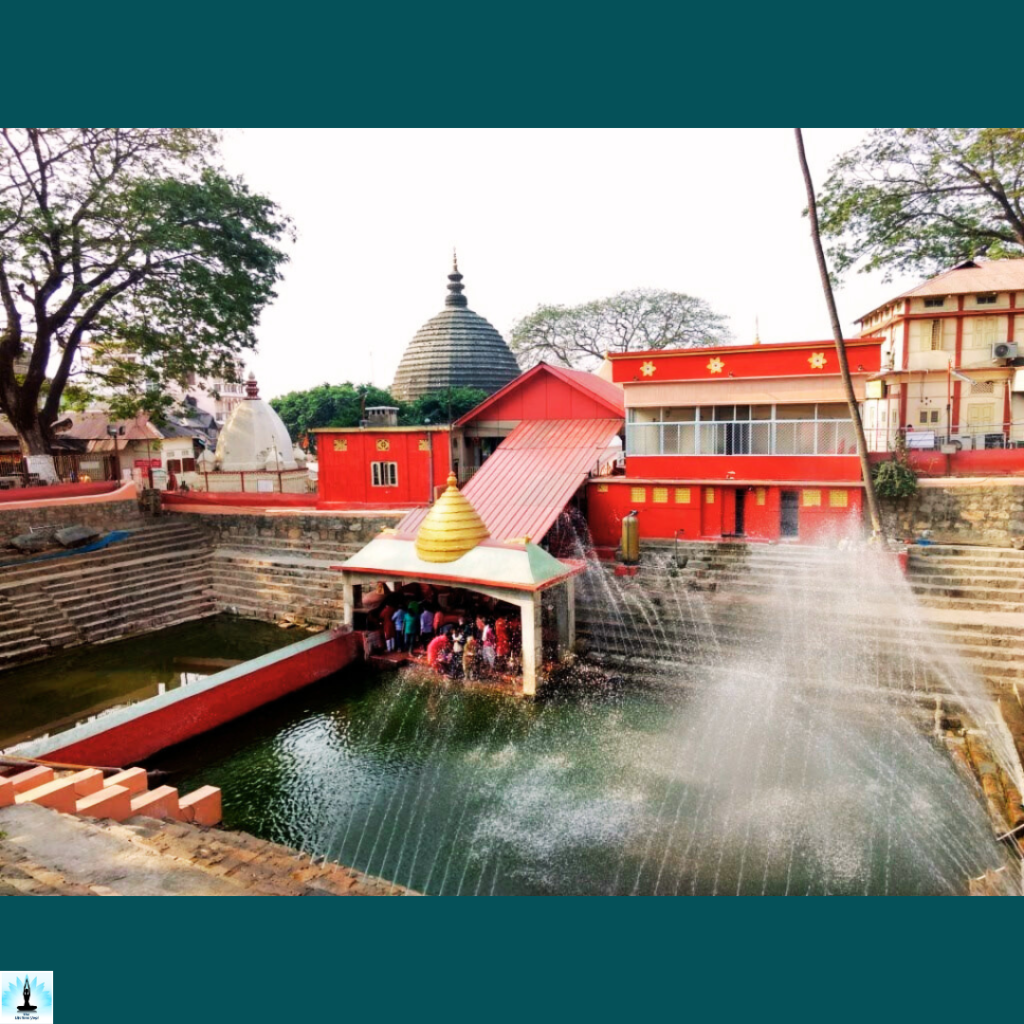
Intricate carvings and sculptures depicting various deities and mythological figures adorn the exterior and interior of the temple, offering a visual narrative of Hindu cosmology. The temple’s entrance, adorned with ornate carvings, welcomes pilgrims into a realm of spiritual significance.
Multiple Chambers and Shrines
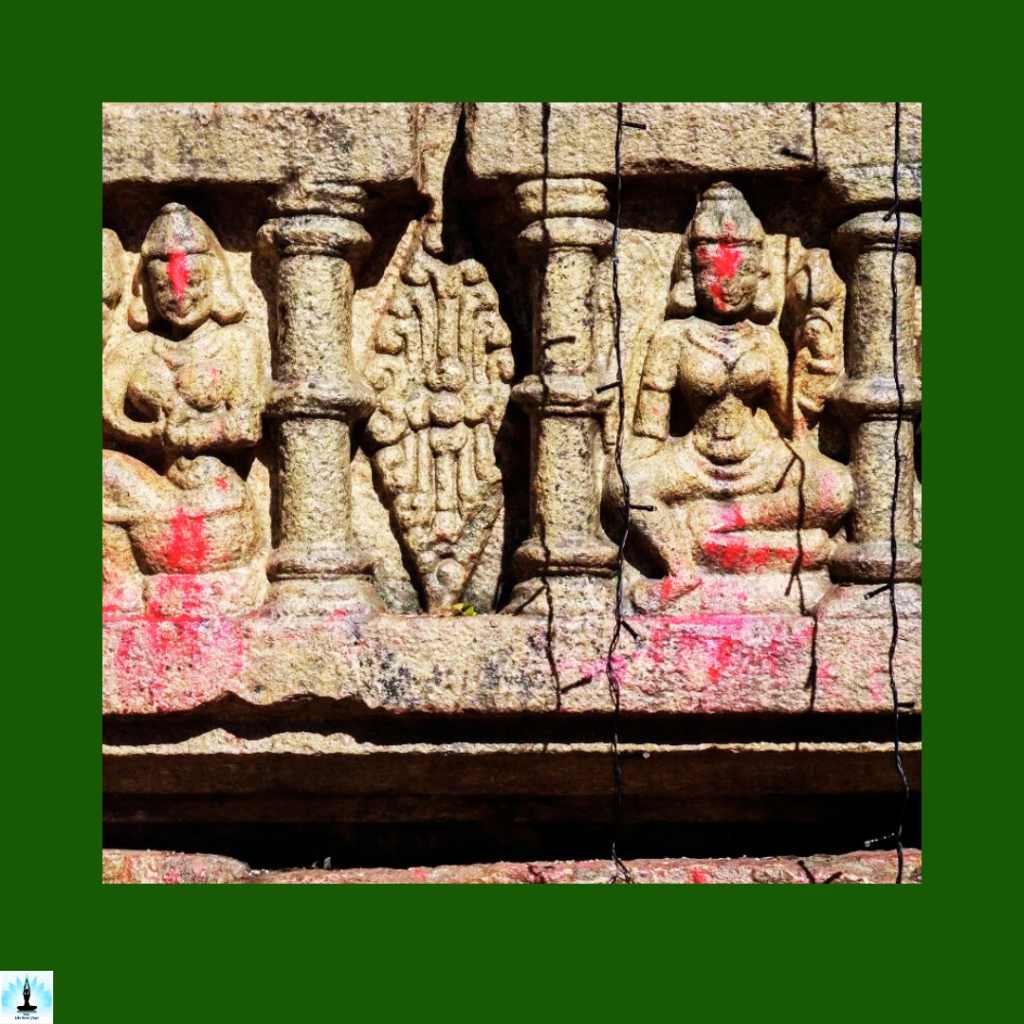
The sacred complex includes multiple chambers and shrines, each dedicated to different deities and aspects of worship. Additionally, the temple’s hilltop location provides a panoramic view of the surrounding landscape, enhancing the spiritual experience for devotees and visitors alike.
The Kamakhya Temple’s architectural splendor harmoniously blends symbolism, myth, and devotion, creating an architectural masterpiece that resonates with the spiritual and cultural heritage of the region.
Mysterious Tantric Practices and Rituals Performed at Kamakhya Temple
The Kamakhya Temple stands as a sanctuary for Tantric practices and rituals, embracing a spiritual realm where ancient esoteric traditions come to life.
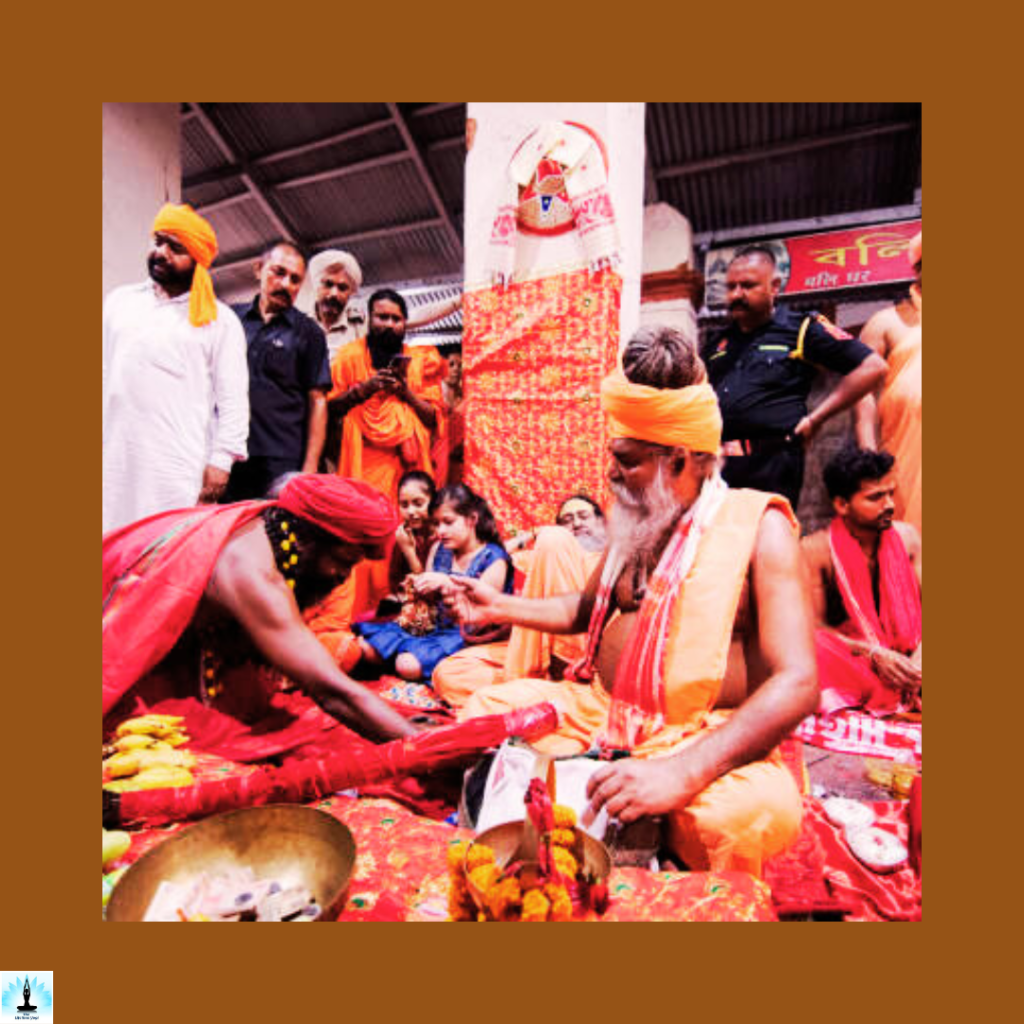
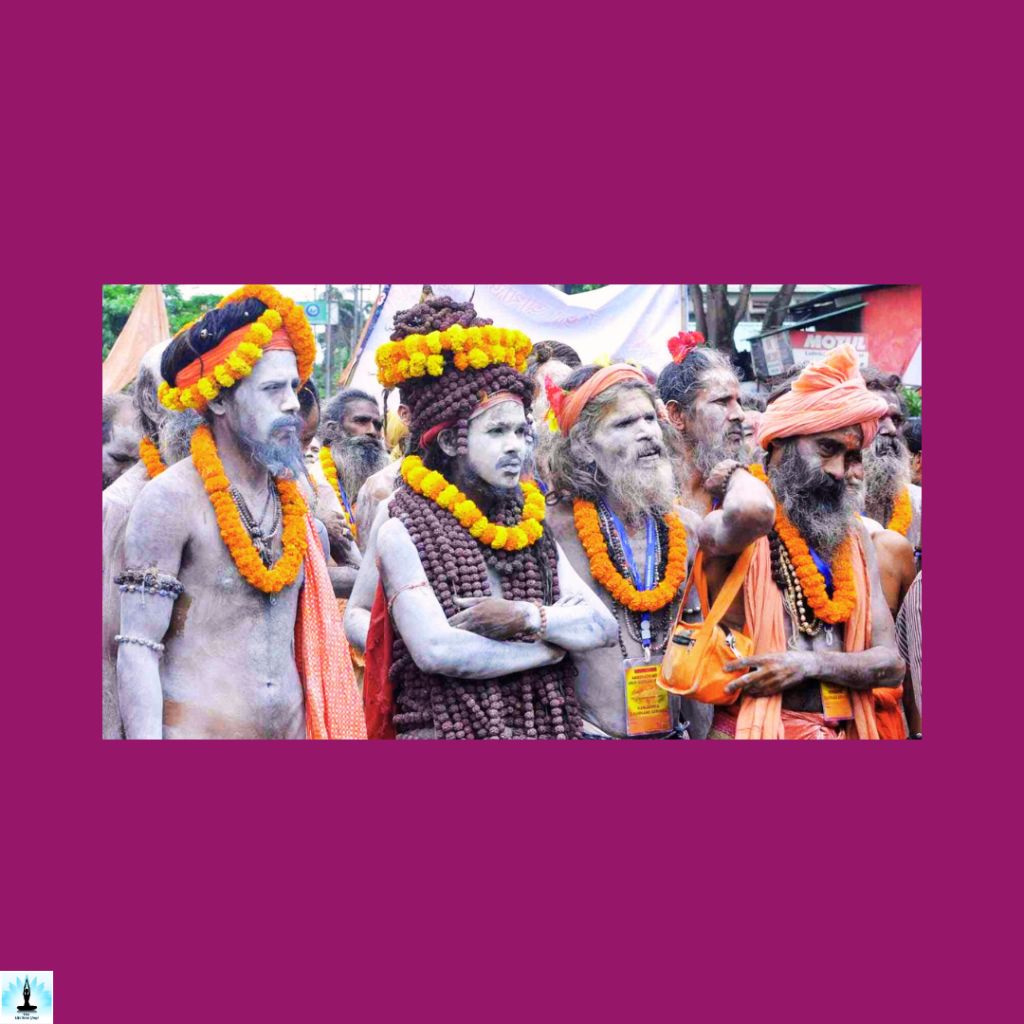
- Tantric rituals conducted within the temple’s sacred precincts are deeply rooted in the belief that the divine energy of Shakti can be harnessed and channeled for spiritual awakening and transformation.
- Devotees engage in various rituals, such as mantra chanting, meditation, and visualizations, to connect with the subtle energies that permeate the temple’s ambiance.
- The Kamakhya Temple serves as a conduit for practitioners to explore the interplay of cosmic forces, embodying the dynamic dance of Shiva and Shakti.
- The temple’s annual Ambubachi Mela, where the goddess’s menstrual cycle is celebrated, exemplifies the Tantric reverence for the sacred feminine and the natural rhythms of life.
- Tantric practitioners are drawn to the Kamakhya Temple to delve into the profound mysteries of the ancient path, seeking to transcend the limitations of the material world and attain spiritual enlightenment through its rituals and practices.
Annual Ambubachi Mela festival at the Kamakhya Temple
The Annual Ambubachi Mela festival at the Kamakhya Temple is a captivating celebration that resonates deeply with the essence of the sacred site. Held with fervor and devotion, this unique festival commemorates the menstruation of Goddess Kamakhya and symbolizes the cyclical nature of life and creation.
What Happens During the Ambubachi Mela?

During the Ambubachi Mela, the temple remains closed for three days as it is believed that the goddess undergoes her menstrual cycle. The sanctum is draped with a red cloth during this time, signifying the goddess’s menstruation and fertility. Devotees from far and wide gather at the temple, eager to seek the goddess’s blessings and partake in rituals that honor the sacred feminine.
Vibrant Hub of Cultural and Mysterious Spiritual Activities
As the festival unfolds, the temple complex transforms into a vibrant hub of cultural and spiritual activities. Sadhus, devotees, and visitors come together to share knowledge, exchange spiritual insights, and engage in discourse on the mysteries of life. The Kamakhya Temple, shrouded in an aura of mysticism, becomes a canvas upon which devotees paint their devotion, reverence, and quest for understanding.
Healing Powers and Miraculous Stories of Kamakhya Temple
The Kamakhya Temple is revered for its reputed healing powers and a tapestry of miraculous stories that have woven themselves into its sacred history. Devotees and pilgrims from diverse backgrounds have shared tales of transformative experiences and profound healings within the temple’s hallowed confines.
Goddess Kamakhya’s Energy
Many believe that the temple’s energy, infused with the divine presence of Goddess Kamakhya, holds the potential to bring about physical, emotional, and spiritual healing. Numerous miraculous stories have emerged, testifying to the temple’s extraordinary influence.
Chronic Ailments Curing
Tales of ailments cured, chronic conditions alleviated, and prayers answered have become an integral part of the Kamakhya Temple’s legacy. Devotees have recounted instances of receiving guidance, protection, and blessings that have brought about positive shifts in their lives.
Solace and Rejuvenation
Visitors often embark on pilgrimages to the Kamakhya Temple seeking solace and rejuvenation. They participate in rituals, light lamps, and offer prayers to tap into the divine energies that permeate the temple’s atmosphere.
Connection of Shakti and Tantra
The temple’s unique connection to Shakti and its profound Tantric influence enhances the collective belief in its capacity to manifest healing miracles.
The Kamakhya Temple’s stories of healing powers and miraculous interventions underscore its role as a conduit for spiritual and physical well-being.
It continues to serve as a beacon of hope, drawing people from all walks of life who seek respite, rejuvenation, and a glimpse of the extraordinary within the ordinary. As these stories weave a rich tapestry of devotion and transformation, the Kamakhya Temple stands as a living testament to the profound interplay of faith, healing, and the divine.
Pilgrimage and Global Recognition
The Kamakhya Temple stands as a timeless pilgrimage destination, drawing spiritual seekers, devotees, and curious souls from across the globe.
- Its magnetic allure transcends geographical boundaries, resonating with those who are captivated by its mystical aura and profound significance.
- The temple’s reputation as a Shakti Peeth and its association with Tantra have contributed to its global recognition as a sacred site of immense spiritual power.
- Pilgrims undertake arduous journeys, traversing diverse landscapes and cultural contexts, to reach the Kamakhya Temple.
- Their pilgrimage is a testament to the enduring appeal of the temple and the belief in its ability to facilitate transformative experiences.
- The pilgrimage experience encompasses not only physical travel but also a journey of the heart and soul, where devotees connect with the divine energies that permeate the temple’s ambiance.
- Global recognition of the Kamakhya Temple extends beyond its spiritual significance. Scholars, researchers, and enthusiasts are drawn to its unique blend of mythology, architecture, and Tantric practices.
- The temple serves as a repository of ancient wisdom, offering insights into the intersection of spirituality, culture, and philosophy.
FAQs on “Top 9 Reasons Why Kamakhya Temple is Considered as the Greatest Shakti Peeth According to Tantra”
Q1: What is the significance of the Kamakhya Temple in Hindu mythology?
A1: The Kamakhya Temple is believed to be the place where the reproductive organ of Goddess Sati fell during a cosmic event. This connection underscores its importance as a Shakti Peeth, symbolizing the worship of divine feminine energy.
Q2: How does the Kamakhya Temple embody the principles of Tantra?
A2: The Kamakhya Temple integrates Tantric practices and rituals, emphasizing the interplay of cosmic energies and the union of opposites, particularly the divine union of Shiva and Shakti.
Q3: What role does Goddess Kamakhya play in the temple’s significance?
A3: Goddess Kamakhya, the presiding deity, epitomizes the divine feminine energy and represents desire and fulfillment. Her presence amplifies the temple’s Shakti Peeth status and its alignment with Tantric worship.
Q4: How does the Ambubachi Mela highlight the temple’s connection to Tantra?
A4: The Ambubachi Mela celebrates the goddess’s menstrual cycle, a sacred aspect of feminine energy emphasized in Tantra. The festival underscores the temple’s Tantric principles and its recognition of natural rhythms.
Q5: How do Tantric rituals contribute to the temple’s allure?
A5: Tantric rituals, such as mantra chanting, meditation, and visualization, are performed within the temple’s precincts, allowing devotees to connect with subtle energies and explore the depths of Tantra’s spiritual path.
Q6: What is the significance of the unique architecture of the Kamakhya Temple?
A6: The temple’s distinctive architectural features, including the dome-like Garbhagriha and intricate carvings, symbolize cosmic concepts and mythological narratives, enriching the temple’s spiritual ambiance.
Q7: How does the Kamakhya Temple attract devotees seeking healing and transformation?
A7: Miraculous stories of healing experiences within the temple compound enhance its reputation as a source of divine blessings and transformations, drawing devotees seeking physical, emotional, and spiritual well-being.
Q8: How does the Kamakhya Temple’s global recognition impact its significance?
A8: The temple’s global recognition attracts scholars, researchers, and cultural enthusiasts, fostering cross-cultural dialogues and highlighting its role as a revered spiritual and cultural landmark.
Q9: In what ways does the Kamakhya Temple serve as a pilgrimage destination?
A9: Pilgrims from around the world undertake journeys to the Kamakhya Temple to connect with its divine energies, explore its Tantric practices, and partake in rituals that celebrate the sacred feminine and the interplay of cosmic forces.
Conclusion
Kamakhya Temple stands as a profound embodiment of the greatest Shakti Peeth according to Tantra, captivating the hearts and spirits of countless devotees and seekers. As a harmonious fusion of Shakti and Tantra, the temple transcends the boundaries of conventional worship, inviting believers to explore the divine interplay of cosmic forces.
Its ancient Vedic significance, intertwined with mesmerizing mythological legends, forms the foundation of its enduring allure. In the heart of Assam’s tranquil landscape, the Kamakhya Temple beckons with a promise of spiritual awakening, healing, and transcendence.
Its legacy as the greatest Shakti Peeth according to Tantra continues to unfold, inspiring generations to delve into the depths of divine wisdom, embrace the sacred dance of Shakti, and partake in a timeless journey of self-discovery and spiritual evolution.
Reference
- Chatterjee, S. (2002). Kamakhya: A Socio Cultural Study. Mittal Publications.
- Banerjee, A. C. (2015). The Iconography of the Temple of Kamakhya. Manohar Publishers.
- Goswami, P. (2001). Kamakhya Tantra. Prachya Prakashan.
- Singh, P. (2013). Kamakhya Temple: Mysticism Women and Practice. Har-Anand Publications.
- Ghosh, B. (2017). Shakti Worship in India: Historical and Contemporary Perspectives. Routledge.
- Bharati, A. (2002). The Tantric Tradition. Motilal Banarsidass.
- Goswami, M. (2006). Tantric Sadhana: A Comprehensive Introduction. Indica Books.
- Kinsley, D. R. (1987). Hindu Goddesses: Visions of the Divine Feminine in the Hindu Religious Tradition. University of California Press.
- Gupta, S. P. (2014). Temples in India. Publications Division, Ministry of Information and Broadcasting, Government of India.
- Ambubachi Mela – Official Website of Kamakhya Temple, Government of Assam: http://www.kamakhyatemple.org/
